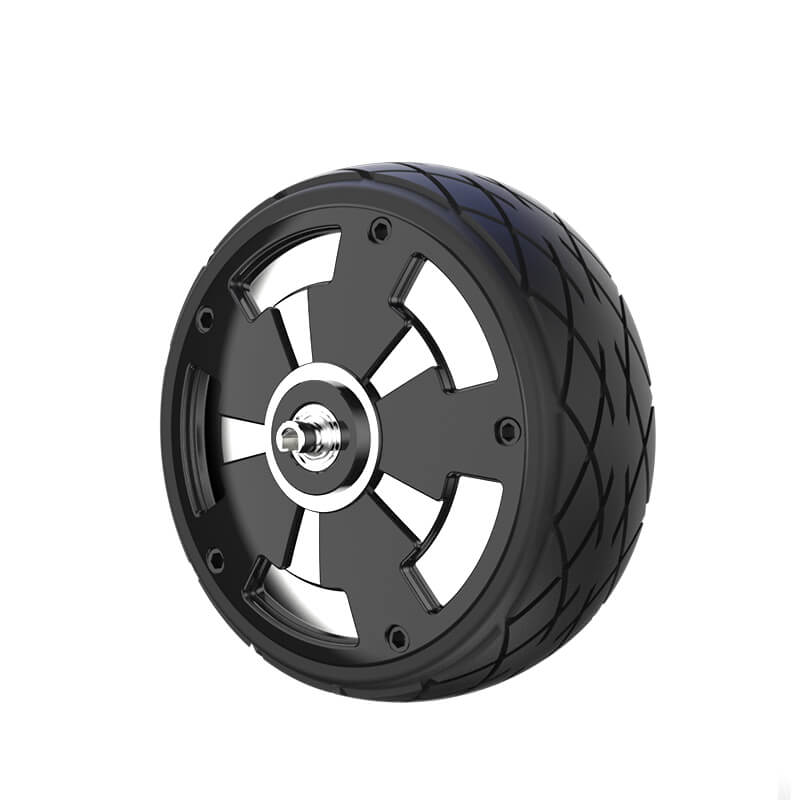Imagine deploying a modern application where every second counts. You're juggling dozens of microservices—each one handling different parts of your user experience. But what if, amidst this chaos, a single slowdown causes your whole system to freeze? That’s where load balancer microservices come into play—your unsung heroes not just keeping things running, but doing so with finesse.

Think about it like this: your microservices are like tiny shops in a busy marketplace. Without a coordinator, some shops might get overwhelmed because everyone floods the same stall. A load balancer steps in—distributing customer traffic intelligently, ensuring no single shop gets swamped while others sit idle. It’s a game of traffic management, a balancing act that keeps the whole marketplace buzzing smoothly.
Now, why is this so vital? Picture this—your app’s user base grows overnight. Suddenly, traditional server setups become a bottleneck. Load balancing dynamically routes requests, scales resources when needed, and minimizes downtime. It’s like having a traffic controller at a busy intersection, making sure cars flow smoothly, reducing accidents—plus, it reduces latency, making your app quicker than ever.
A common question might be: does this mean complex setup? Absolutely not. Modern load balancer microservices are designed with simplicity in mind. They integrate seamlessly with your existing architecture, adapt to traffic patterns in real-time, and come with built-in health checks. If one of your microservices fails, the load balancer redirects traffic elsewhere—almost like magic, but actually just smart technology.
But, hold on—what about security? Well, many load balancer microservices come with security features baked in, like SSL termination and filtering rules. Think of it as a security guard at the entrance, screening traffic before it hits your microservices.
Organizations have reported remarkable improvements—faster response times, reduced server loads, and more reliable service delivery. Especially during sudden traffic spikes, like holiday sales or product launches, a well-implemented load balancer can be a real lifesaver. It’s the difference between a hiccup in user experience and a seamless, memorable encounter.
Choosing the right load balancer microservice isn’t just a technical decision; it’s about future-proofing your application, keeping users happy, and maintaining a competitive edge. In a world where digital pace is relentless, you need a system that adapts, scales, and performs under pressure.
So, next time you’re right in the middle of designing your microservices architecture, think about the invisible work that makes everything click. That’s the power of a dependable load balancer—keeping your digital business running like a well-oiled machine. How’s that for a game changer?
Established in 2005, Kpower has been dedicated to a professional compact motion unit manufacturer, headquartered in Dongguan, Guangdong Province, China. Leveraging innovations in modular drive technology, Kpower integrates high-performance motors, precision reducers, and multi-protocol control systems to provide efficient and customized smart drive system solutions. Kpower has delivered professional drive system solutions to over 500 enterprise clients globally with products covering various fields such as Smart Home Systems, Automatic Electronics, Robotics, Precision Agriculture, Drones, and Industrial Automation.




































